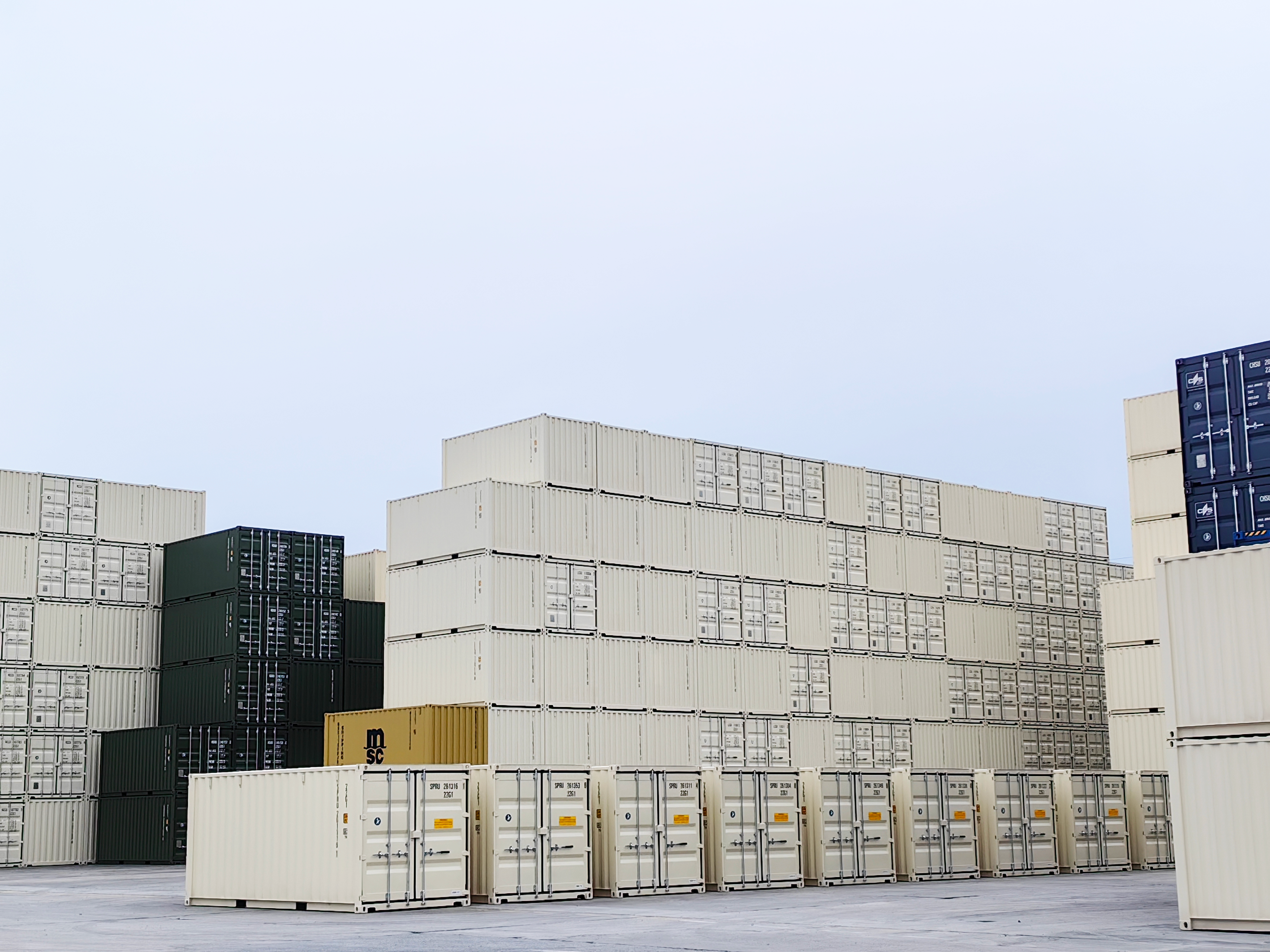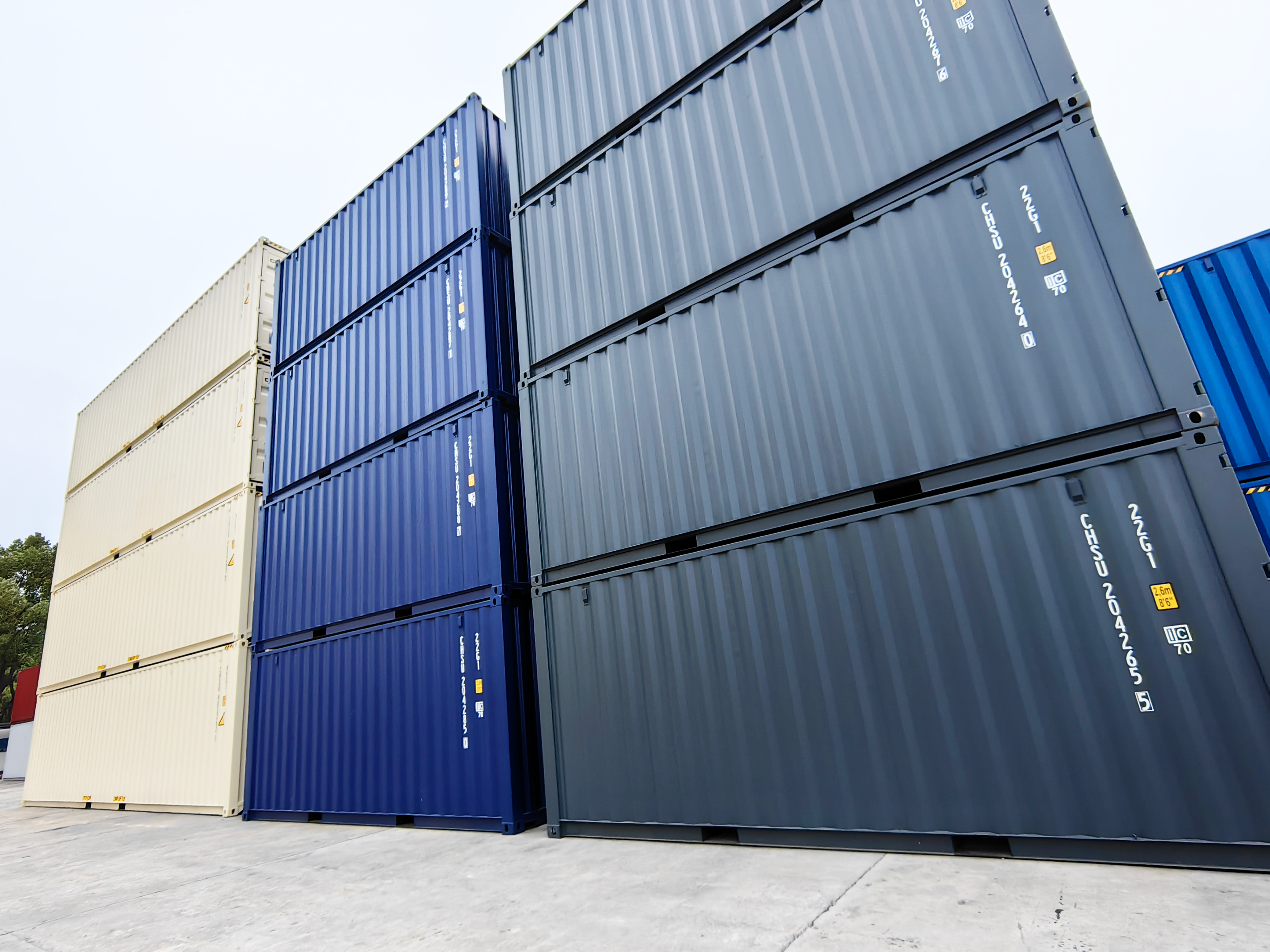-
Shipping Containers
- Container Parts
- Roof Panel
- Side Panel
- Front End Panel
- Door Panel
- Front Corner Post
- Rear Corner Post (Outer/Inner)
- Cross Member
- Bottom Side Rail
- Top Side Rail
- Door Sill
- Front Bottom Rail
- Top End Rail
- Door Header Upper/Lower
- Door Rail
- Floor Spacer
- Angle
- Top/Bottom End Rail
- Door Edge Member
- Door Sealing
- Door Frame Profile
- Door Lining
- Door Hardwares
- Door Gasket
- Side Panel/Lining
- T-Floor
- Roof Panel/Lining
- Cross Member
- Bottom Side Rail
- Top Side Rail
- Ledge PVC
- Kazoo Drain
- Auto Drain
- Alu Tube
- Auto Drain Center Part
- PVC Drain Pipe
- PVC Plugs f. Drain with Ring and Steel Wire
- Door Screw
- Door Screw Nut
- Door Screw Rubber
- Tapping Screw
- Stainless Blind Rivet
- Lashing Ring
- CSC Plate
- Welding Wire
- Tapping Screw Bit
- Vehicle Parts
- Ship Supplies
- 00. Provisions
- 11. Welfare Items
- 15. Cloth & Linen Products
- 17. Tableware & Galley Utensils
- 19. Clothing
- 21. Rope & Hawsers
- 23. Rigging Equipment & General Deck Items
- 27. Painting Equipment
- 31. Safety Protective Gear
- 33. Safety Equipment
- 35. Hose & Couplings
- 37. Nautical Equipment
- 39. Medicine
- 45. Petroleum Products
- 47. Stationery
- 49. Hardware
- 51. Brushes & Mats
- 55. Cleaning Material & Chemicals
- 59. Pneumatic & Electrical Tools
- 61. Hand Tools
- 63. Cutting Tools
- 65. Measuring Tools
- 69. Screws & Nuts
- 75. Valves & Cocks
- 77. Bearings
- 79. Electrical Equipment
- 81. Packing & Jointing
- 85. Welding Equipment
- 87. Machinery Equipment
- Vehicles
- Lashing Tools
- Logistic Tools
ContainersThe Formation and Development of International Container TransportationJul 09,2024The development of international container transportation can be categorized into five key stages: the embryonic stage, the pioneering stage, the growth stage, the expansion stage, and the mature stage.
1. Embryonic Stage (1801-1955)
During this period, European and American developed countries began experimenting with land container transportation within their own borders, typically over short distances. Over time, this expanded into cooperative land container transportation among European countries. However, the lack of uniformity in road and rail container transportation standards hindered development, causing the growth of land container transportation to proceed slowly.
2. Pioneering Stage (1955-1966)
The United States pioneered this stage by retrofitting cruise ships and general cargo ships for maritime container transportation along the U.S. coast, achieving notable economic success. This success set a solid foundation for international ocean container transportation.

CIMC Equilink has been developing rapidly since its establishment. Empowered by abundant resources from CIMC Group, it is enabled to serve global clients with one-stop offer including rich products along with maintenance and repair technical support, to satisfy clients’ needs of services for small order quantity, high order frequency, full-range-category products and global reach delivery, which therefore makes clients' purchases more convenient and more costs saving. The products categories that we could supply include and not limited to containers and container modified products, logistics equipment, container and trailer spare parts, in addition to maintenance and repair tools.
3. Growth Stage (1966-1971)
This stage saw the transition from coastal container transportation in the U.S. to international ocean transportation. The first generation of container ships, with capacities ranging from 700 TEU to 1100 TEU, were introduced. Specialized container terminals were established, and in 1965, the International Organization for Standardization (ISO) introduced a series of standard container specifications. The 6.1m (20ft) and 12.2m (40ft) standard containers became widely used, facilitating global compatibility of loading and unloading equipment. This laid the groundwork for the expansion of container transportation into multimodal transport.
4. Expansion Period (1971-late 1980s)
Container transportation experienced rapid growth during this period, expanding to major global routes. The second generation of specialized container ships was introduced, and the number of container berths increased significantly. Port facilities became more specialized and modernized, and container multimodal transportation was developed. The management level of container transport improved continuously. Due to its efficiency, cost-effectiveness, and high transport quality, container transportation gained widespread popularity among cargo owners, shipping companies, and ports, and saw substantial growth from 1971 to the late 1980s. International ocean transport routes expanded beyond Europe and the U.S. to include Southeast Asia, the Middle East, and other major global routes.
5. Mature Stage (since the late 1980s)
In the mature stage, container transportation infrastructure and operations became highly developed. Hardware facilities such as container transport ships, berths, loading and unloading machinery, and transportation infrastructure became increasingly sophisticated. Operational and management methods evolved to be more modern and efficient. The industry saw trends toward larger ships, deeper water docks, organized multimodal transport, and intense competition.
Summary
The development of international container transportation has evolved through distinct stages, each marked by significant advancements in technology, infrastructure, and management practices. From initial land transportation trials to the sophisticated, large-scale, and competitive industry it is today, container transportation has become a cornerstone of global trade, characterized by its efficiency, cost-effectiveness, and ability to integrate multiple modes of transportation seamlessly.
CIMC Equilink has been developing rapidly since its establishment. Empowered by abundant resources from CIMC Group, it is enabled to serve global clients with one-stop offer including rich products along with maintenance and repair technical support, to satisfy clients’ needs of services for small order quantity, high order frequency, full-range-category products and global reach delivery, which therefore makes clients' purchases more convenient and more costs saving. The products categories that we could supply include and not limited to containers and container modified products, logistics equipment, container and trailer spare parts, in addition to maintenance and repair tools.
Quick Quote
Copyright © 2019 CIMC Equilink - Container Parts

 中文
中文















